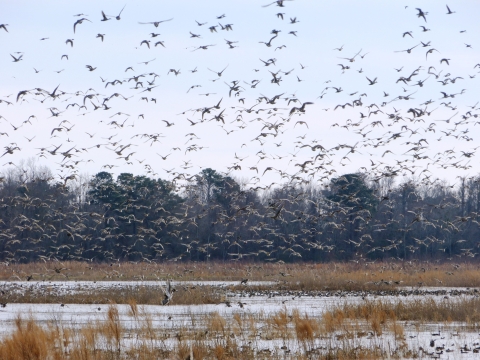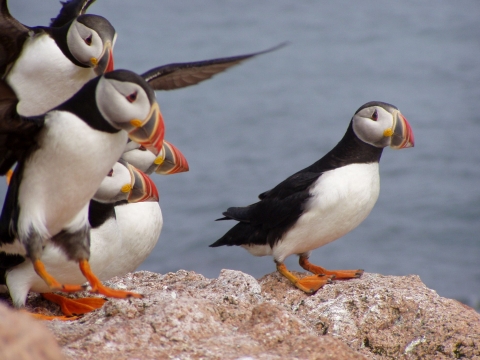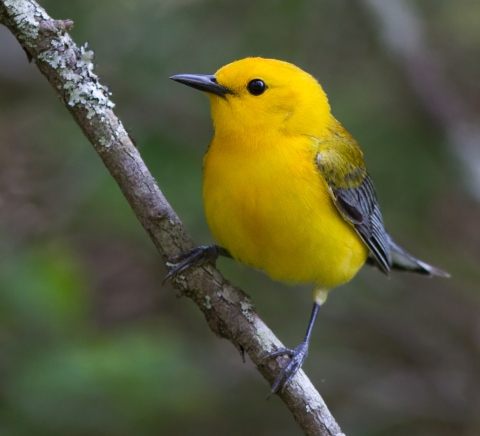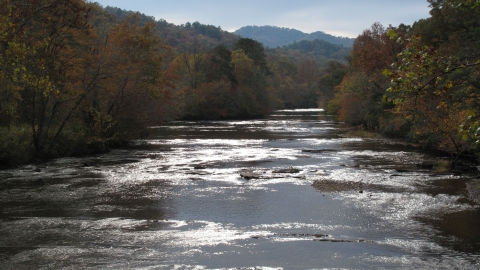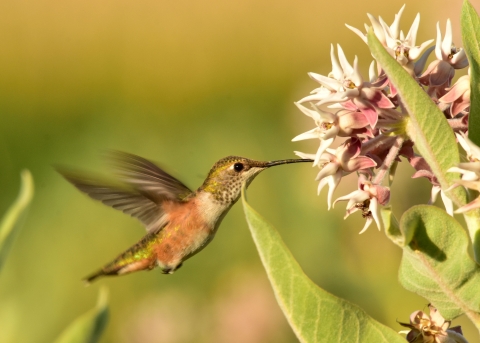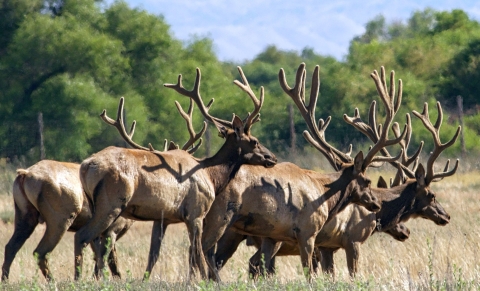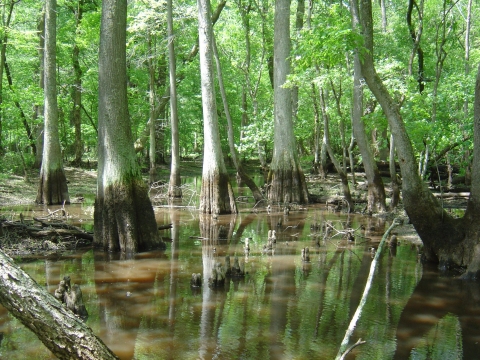Do you think techies have a lock on weird words? Think again. Wildlife enthusiasts have a lingo all their own. We’ve picked just a few words that might puzzle you on first meeting.
Decoding them may give you a chuckle — and perhaps deepen the pleasure you take from observing the natural world.
Welcome to nature’s nerdy side. Go easy on dropping these words into daily conversation.
Crepuscular (from the Latin “crepusculum” for twilight). Active at dawn and dusk.
Crepuscular animals — such as rabbits and deer — wait for dawn or dusk to go about their business. Some creatures adopt crepuscular habits to hunt, evade predators or avoid midday heat. True word nerds divide crepuscular animals into two subtypes: matutinal (morning) and vespertine (evening).
Animals that are not crepuscular tend to display diurnal (daytime) or nocturnal (nighttime) activity.
Exoskeleton (from the Greek). A rigid outer structure that supports the body, especially in invertebrates (animals without backbones), such as insects, spiders and crabs.
Horseshoe crabs have exoskeletons. You knew that. How about turtles? Fooled you. Turtles may have bony shells, but their skeletons are on the inside (endoskeletons), just as ours are.
Flyway A major air route of migratory birds.
Flyways are the main avenues linking birds’ breeding grounds up north with their wintering areas down south. North American birds can choose one of four routes: the Pacific, Central, Mississippi or Atlantic Flyway. Some routes extend north as far as the Arctic Circle and south as far as the tip of South America.
Habitat (from the Latin “habitare,” to live). The place where a plant or animal normally lives and grows.
If you’re in your native habitat, you probably haven’t strayed far from the place you think of as home.
LBJ (birders’ slang). Little Brown Job.
When you hear this acronym from birders, you can bet they’re not summoning the spirit of Lyndon Baines Johnson. They’re admitting they can’t differentiate a bird they see from scores of other small nondescript brown birds. To the question, “See anything in that field?” a birder might answer: “Not much. Some LBJs at the far end, but I couldn't get a good look at them without a scope.”
Passerine (from the Latin “passerines,” meaning “of a sparrow”). Perching birds.
More than half the world’s bird species — including songbirds, sparrows and finches —are passerines. What makes a bird a passerine is its toe arrangement. Three of its four toes face forward; the other points backward, allowing the bird to grasp tree limbs and branches.
Definition of riparian habitat or riparian areas.
Learn more about riparian (riverbank-related) corridor.
Riparian (from the Latin “riparius” for river, derived from “ripa” for bank or shore). Relating to or located on a riverbank.
Riparian areas support many species of wildlife. Animals use riverbanks for food, shelter, nesting sites and travel arteries. Riparian areas also attract tourists and boost local economies.
Rufous (from Latin “rufus”). Reddish-brown animal skin, fur or feathers
Why do we have a special word for the color red in animals, particularly birds? Go figure. The rufous hummingbird — only about 3 inches long and weighing just over a penny — flies an astounding 2,000 miles or so in its yearly migrations. Don’t wear a rufous tie to the party if you don’t want to stick out.
Ungulate (from Latin “ungula” for hoof). A large hoofed mammal, such as a deer, elk, moose or pig.
Overgrazing by wild ungulates can stress sensitive ecosystems at national wildlife refuges.
Watershed A land area that collects rain and snow and funnels it into a river, stream or groundwater.
No, a watershed is not an outhouse.



